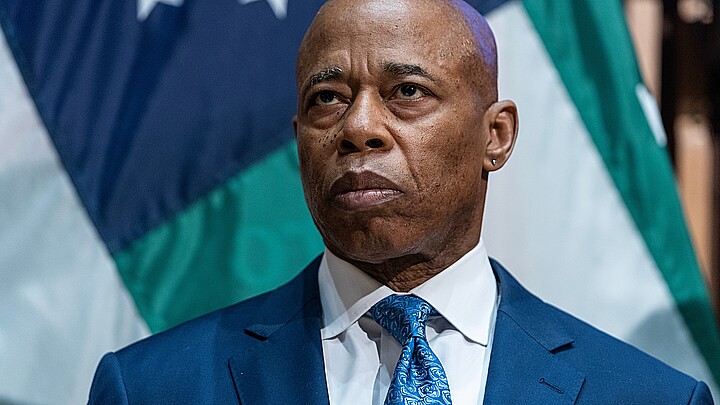Immigration
Illegal border crossings skyrocket 240% at Canadian-U.S. border due to lack of CBP staffing
The U.S.-Canada border is significantly longer than the border with Mexico, and the ports of entry often experience understaffing as the Customs and Border Protection (CBP) prioritizes addressing the surge in migration from the Mexican side.

February 21, 2024 8:42am
Updated: February 21, 2024 8:42am
Last year, the northern border of the United States witnessed a surge in illegal crossings, with migrants opting for entry through Canada, according to recent data from U.S. Customs and Border Protection.
In 2023, authorities halted over 12,000 migrants attempting illegal crossings at the Canadian border, marking a 240% increase from the preceding year when 3,579 individuals were apprehended.
Approximately 70% of the illegal crossings took place in the Swanton Sector, a 295-mile stretch along the northern New York, Vermont, and New Hampshire border.
Border crossings from Canada into upstate New York, New Hampshire, and Vermont reached a historic high, with migrants capitalizing on understaffing and the absence of fencing along the northern border.
According to a social media post by Robert Garcia, the chief patrol agent for the sector, 3,100 individuals from 55 different countries were apprehended.
Accompanied by a recent photo capturing the early morning apprehension of four adult males from Bangladesh near Mooers, New York, Robert Garcia stated, “The record-breaking surge of illegal entries from Canada continues in Swanton Sector.”
Additionally, he mentioned that the arrest of 10 Bangladeshi citizens was prompted by a citizen's report in Champlain, New York.
A significant number of those engaging in illegal crossings are Mexicans who exploit the opportunity to fly to Canada without a visa, also avoiding the presence of cartels in their home countries.
Experts suggest that migrants can purchase a $350 one-way plane ticket from Mexico City or Cancun to Montreal or Toronto. This route is perceived as offering a lower likelihood of being turned away compared to those crossing the southern border.
The US-Canada border is significantly longer than the border with Mexico, and the ports of entry often experience understaffing as the Customs and Border Protection (CBP) prioritizes addressing the surge in migration from the Mexican side.










